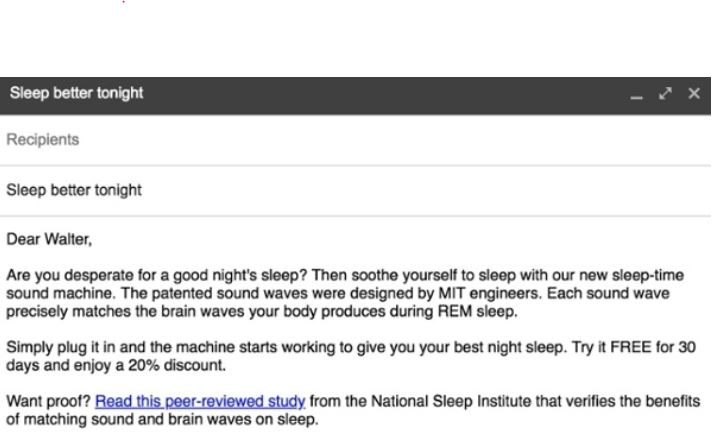Table of Contents
Introduction
Connecting with your target audience or achieving a professional goal can be easier with persuasive emails. Prospective clients or colleagues can be convinced of the value of your products, services, and skills through a compelling email. You will achieve the results you want for yourself or your organization if you know how to write an effective email. Let’s look at why persuasive emails are a good idea, when a professional could write one, and how to write a persuasive email.
Here are the following 7 steps to write a persuasive email
1. Declare your objective
Consider selecting one precise aim and maintaining focus on it throughout the email, whether you want your audience to read your blog, buy a product, or respond with information. It may be advantageous to address only one goal per email and to consider sending separate messages regarding any additional goals. Consider what action you want your audience to take and what they need to believe in order to act. Keeping these questions in mind might assist you in streamlining your writing and directing your reader to the intended goal.
2. Describe the purpose of your email
Explaining your goal to your audience might help you achieve your goal, regardless of the reasons for sending a convincing email. Consider writing about the reader’s importance or value. In many cases, a simple explanation is enough to persuade the reader of the value of your offer or service. Your audience will understand why they are receiving your email if you incorporate storytelling into your writing. This will motivate them to read the email. Experience and expertise can be rooted in a great concept through stories.
3. Add evidence and examples to your writing to make it stronger
Social proof is a great technique for assuring your audience that your product is trustworthy and that others recognise the worth of what you’re pushing or explaining. You can back up your assertion in your email by including some of the following elements:
1)Photos of the before and after
2)Exemplifications
3)Testimonials or comments from others who have tried your offer
4)Quotes from a book or an industry expert that support your point of view
4. Ensure that the reader can perform what you ask easily
It can be beneficial to make the reader’s transition from consideration to follow-through as effortless as possible if you would like them to do so. Within the email, you can include buttons or links that direct recipients to a sign-up form or a purchase page. Whether you’d like to schedule a phone call with your reader or have your audience promote your latest blog post, consider including a pre-written social media script.
5. Create a subject line that is actionable
To get the reader to open the email, you have to design a subject line that will entice them. You might want to draft your subject line after you’ve completed the entire email content, so you’ll know exactly what content you discussed before encapsulating it into a single sentence or phrase. You should keep in mind that the topic line’s purpose is to capture the reader’s attention. Make sure, however, that your assertions are accurate so your audience will believe you.
6. Remind the reader that it is their choice whether or not to act
While your call to action is likely to persuade individuals to do something, try making your aim clear while emphasising that the final decision is up to the reader. When you remind the reader that the final decision is theirs, you can advocate your product, service, or request information while remaining courteous and confident.
7. Encourage the reader to picture your ultimate aim
You can appeal to your readers’ emotions by encouraging them to imagine your ultimate goal. Consider posing questions or stating statements that are suited to your offer, such as the following:
1)”Imagine waking up well-rested every morning.”
2)”How would your life change if you could shave 15 minutes off your morning routine?”
3)”How would you feel if you suddenly had the desire to exercise every day?”
These questions and statements allow the reader to do the work for you, and instead of having to persuade them of the benefits of your offer, they can envision it for themselves.
Conclusion
In order to create a compelling email, you need to engage your reader to feel interested and engaged in the product you are trying to sell or promote. Your goal when crafting a persuasive email is to move your reader from contemplating your message to taking action and making a purchase or registering for your service.
Read Next : https://brainyline.com/7-tips-on-how-to-be-a-successful-parent/



